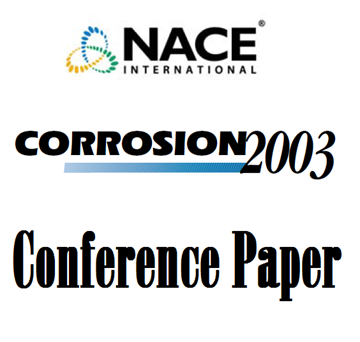Search
51312-01511-Realistic approach of corrosion protection of ballast water tanks
Also Purchased
00299 COMPREHENSIVE MONITORING AND EVALUATION OF BALLAST TANK COATINGS INTEGRITY FOR LIFE PREDICTION AND CONDITION BASED MAINTENANCE
Product Number:
51300-00299-SG
ISBN:
00299 2000 CP
$20.00
51312-01246-Study of MIC impact in a full-scale ship ballast tank
Product Number:
51312-01246-SG
ISBN:
01246 2012 CP
Publication Date:
2012
$20.00
03010 APPROACHES FOR ACHIEVING SUCCESSFUL HIGH BUILD COATINGS ON SHARP EDGES IN SHIP'S BALLAST TANKS
Product Number:
51300-03010-SG
ISBN:
03010 2003 CP
Publication Date:
2003
$20.00




